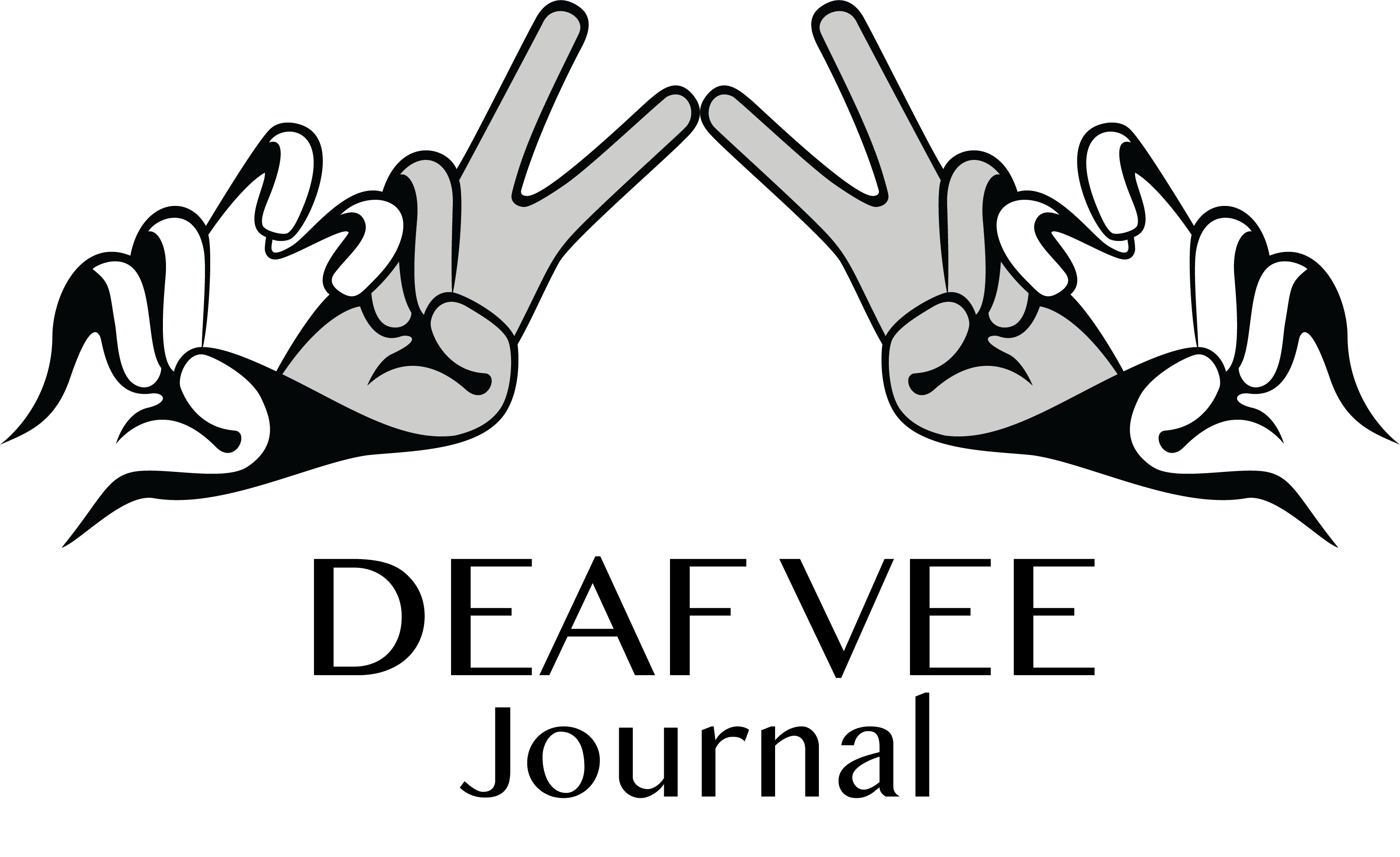The California Department of Education [CDE] uses the California School Dashboard to share standardized testing scores with the public. The California School Dashboard is described as an online place that “provides parents and educators with meaningful information on school and district progress so they can participate in decisions to improve student learning” (CA School Dashboard). The CDE also claims the California School Dashboard provides a “complete picture of how schools and districts are meeting the needs of all students.” The scores have five color-coded ranges: the lowest range is red (very low, failing), the second-lowest range is orange (low, poor), the middle-range is yellow (medium, ok-ok), the second-highest range is green (high, good), and the highest range is blue (very high, excellent).
Let’s look at both California School for the Deaf at Riverside and Fremont. Both schools’ demographics are listed on the CDE website as well, and the only school year available for review is 2019. Looking at demographics, 65% of the students who attend Riverside (Riverside Report) are Hispanic and 11.5% are labeled as “English learners”. The word “Hispanic” means “Spanish-speaking.” What the phrase “English learner” means is that the State of California identifies the student(s) as “learning to communicate effectively in English, typically requiring instruction in both the English Language and in their academic courses” (Dashboard). In other words, English is the student’s second language. Fremont (Fremont Report) also has a large Hispanic population at 51.9% along with 11% of their student population learning English as their second language.
Both schools scored very low in most, if not all, of the areas measured for academic performance. The highest score the schools were awarded was yellow, which means mediocre. Does CDE have any suggestions on what parents and faculty should do about chronic absenteeism and low student graduation rates? In a stark comparison of measurement, in the Deaf community, CSDF and CSDR are classified as one of the “elite six” schools… as in, they are among the best Deaf schools in the country.
Now, let’s put some things in perspective. When discussing the California School Dashboard’s ratings with Jon Henner, a linguistics expert who is an assistant professor of lingustics at the University of North Carolina, Greensboro. He highlights the lack of passing as a minimal issue. “I think standardized reading scores are based on abled whiteness and negatively penalizing anyone not in proximity to abled whiteness” (Jon Henner). When we discuss the disparity of educational access and resources for those who do not fall under the “standards” of being white or being able-bodied (this includes hearing and other disabilities), those who are not in the “standard” are automatically placed at a disadvantage. The concept of standardized testing was coined back in 1845 by Horace Mann, who was called the “Father of Standardized Testing.” Mann was the secretary of the Massachusetts State Board of Education from 1837-1848. Over 150 years later, here we are and still following this concept.
In many ways, the type of standardized testing has changed. Deaf kids are very diverse, Henner reminded Deaf Vee Journal, as he continued to tell us that we need to look at the issues that Hispanic hearing children face and apply them to Hispanic Deaf children, but in a magnified format. The individuals’ intersectionalities in identity (i.e., races, cultures, languages, gender, socioeconomic class, disability, im/migrant status, etc.) are becoming a big discussion in many fields because of the “generic expectations” we place on people. Intersectionalities also should be put in consideration when addressing concerns such as a school failing the standardized tests. If you look at what Deaf Education is, it is basically teaching Deaf children how to think and behave like white hearing children.
With over 60 percent of the student population of both Deaf schools in Fremont and Riverside being Hispanic, these numbers show a whole different picture. It is a scary statistic highlighting disparities in language access, education, and sensitivity to student intersectionalities. Other things to consider: How many of these children who attend Riverside or Fremont have reliable transportation, parents who can afford to send their children to school and/or tutoring resources, im/migrant parents who work in varying locations, of which can affect the stability of home environments? These factors are not only concerns for Hispanic children but also for those who are Black, Indigenous (including those who are indigenous to central america), or Asian/Pacific Islanders.
The idea of telling parents to look at standardized tests as a measurement tool to decide which school they should send their child to needs to be reconsidered and readdressed. Schools are waiving standardized tests and some people are saying this is because the schools claim the standardized tests are too hard for their students. Is this the case, or is it because the standardized tests are created to favor the upper-middle class, able-bodied.




